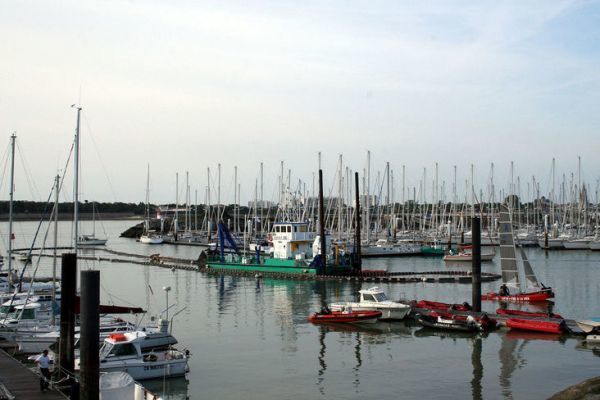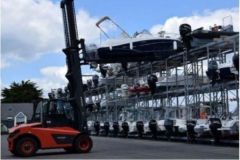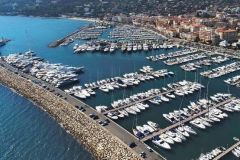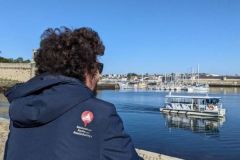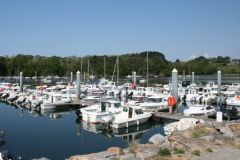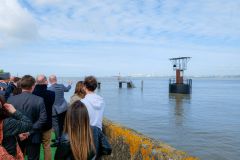An essential link in the yachting chain
The network of marinas has grown considerably since the boom in leisure boating in the 1960s. While it is still struggling to meet demand on some coasts, environmental awareness is now curbing the enthusiasm of developers and local councillors, and new marina projects on European coasts are limited, often facing fierce opposition. The abandonment of the French project at Brétignolles-sur-Mer in the Vendée region bears witness to this.
Now is the time to improve and maintain existing marinas to an acceptable standard. Indeed, while trailer-mounted boats and onshore storage are interesting alternatives, moorings are an essential link in the nautical chain. It is therefore key for all stakeholders to adapt these harbors, created in the middle of the 20th century, to the new challenges of climate and usage.
Heavy investment and environmental impact to manage
To this end, the renewal of marina concessions means taking into account medium- and long-term climate change. Hundreds of millions of euros will have to be injected over the coming decades to raise quays and dykes in the face of rising water levels, in both the Mediterranean and the Atlantic. Legislative developments, logically in favor of the environment, are not without consequences, and must be anticipated, as in the case of what Cerema reports in the context of dredging sediment reclamation experiments .
While the industry willingly communicates on labels such as Ports Propres, active in biodiversity and visible wildlife initiatives, perhaps it should also explain more openly to the general public the necessary adaptations to infrastructure and maintenance practices, and the investments involved, to enable yachtsmen to grasp the ongoing mutation of this essential link in their navigations, so that they can better accept the costs.

